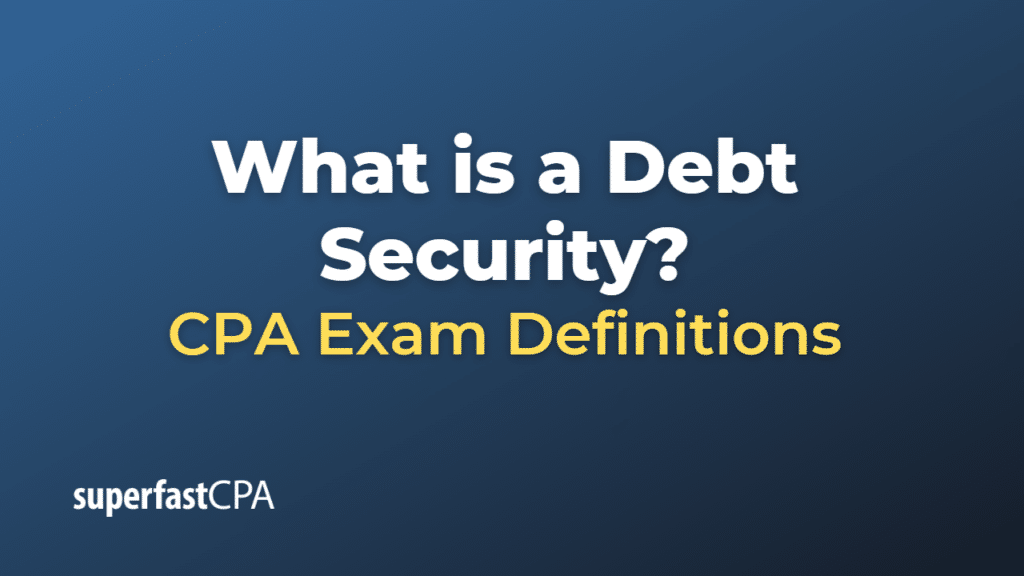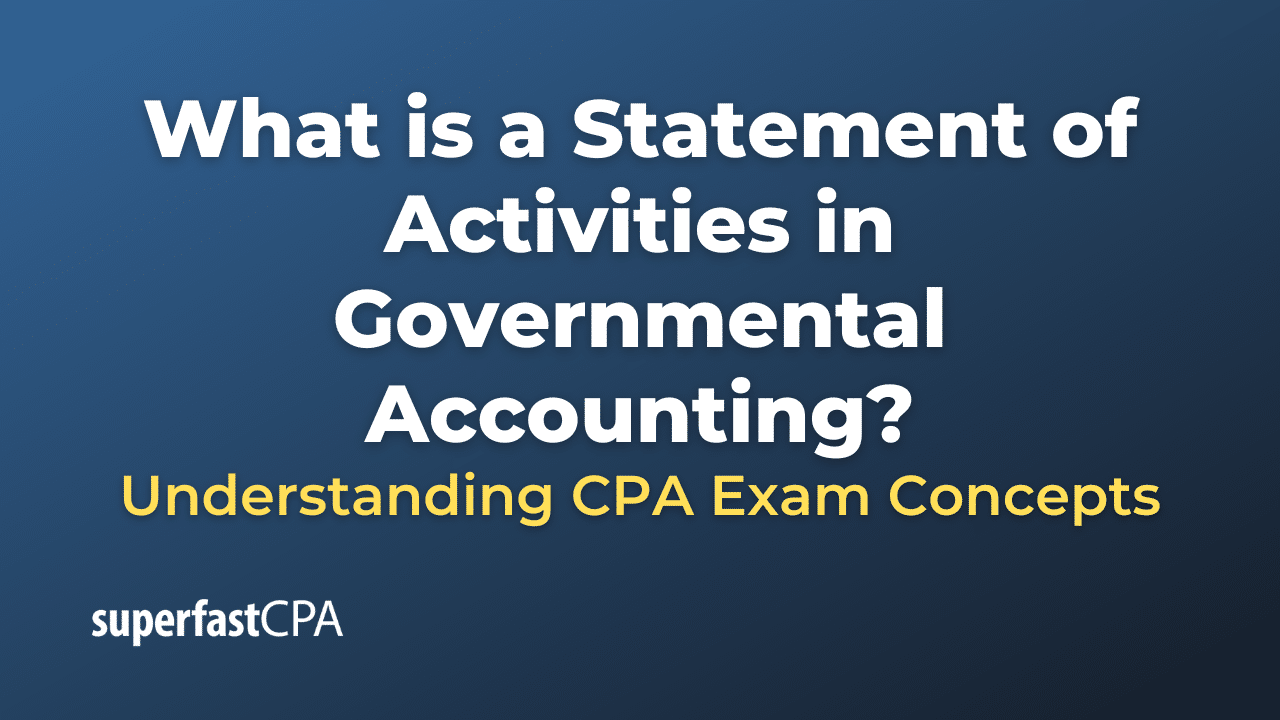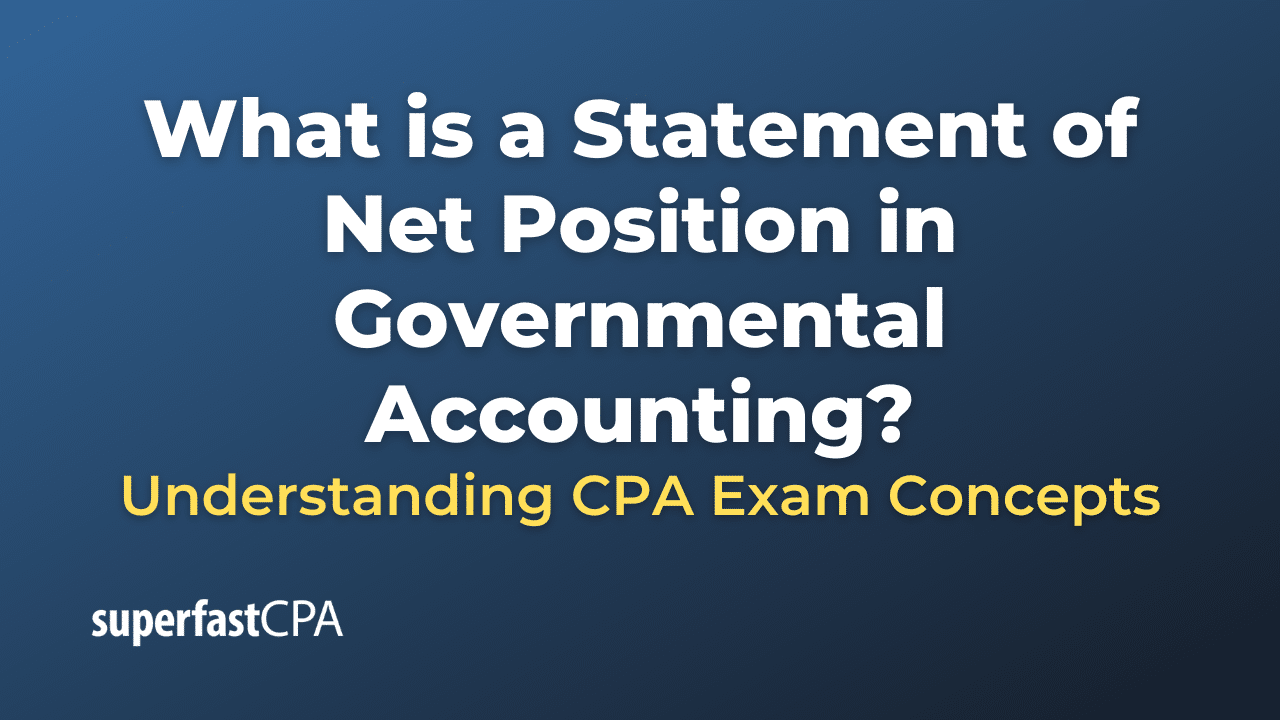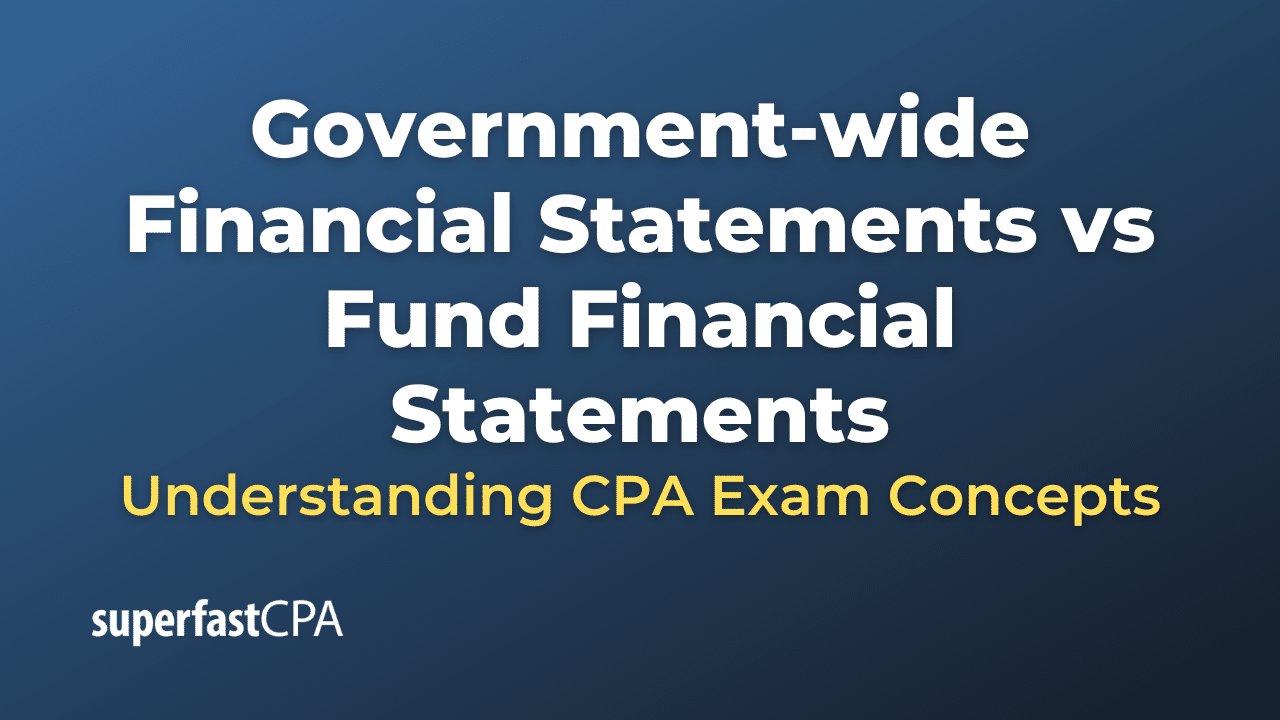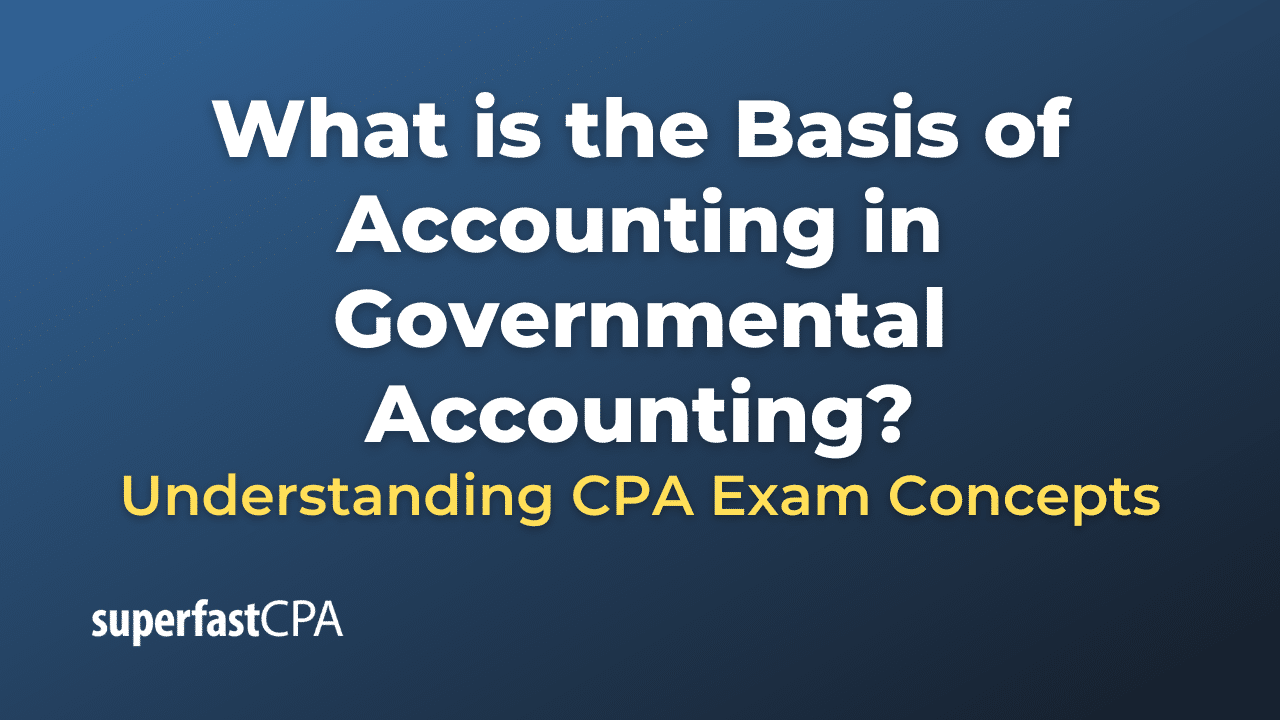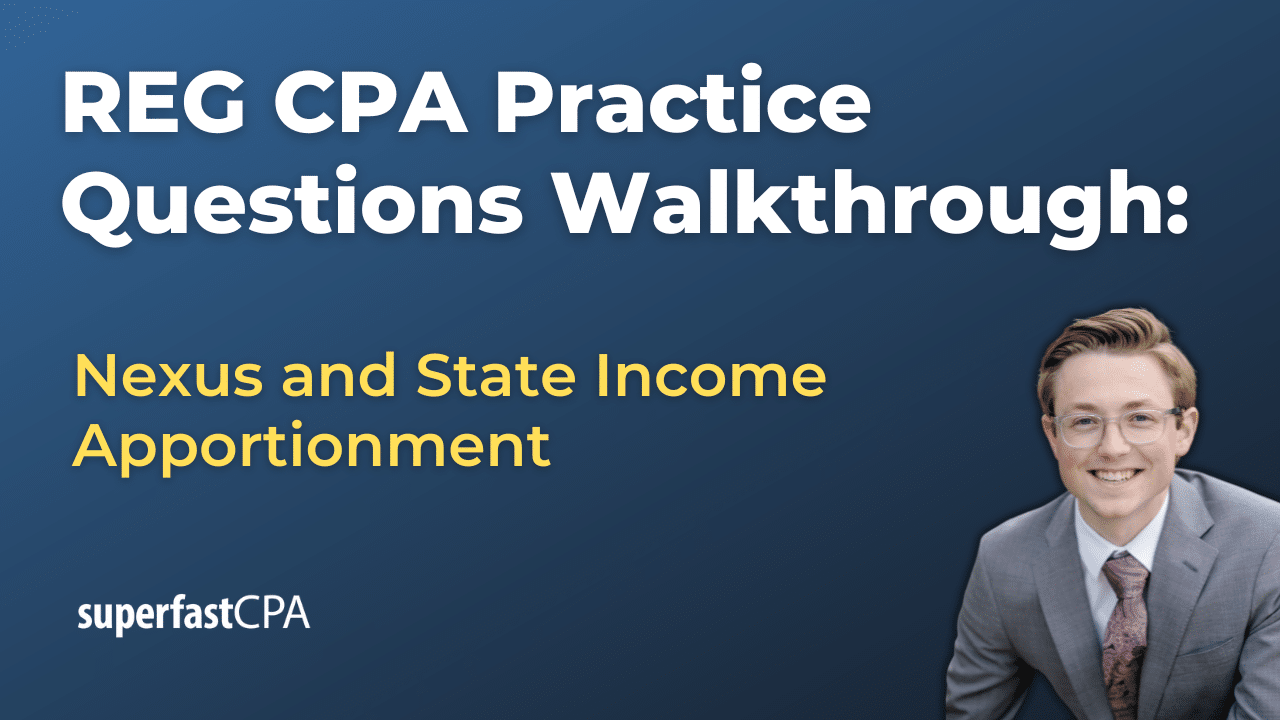Debt Security
A debt security is a financial instrument that represents a loan made by an investor to a borrower. These securities are issued by entities like corporations, municipalities, or federal governments to raise capital. The issuer of the security, or borrower, promises to pay the lender or investor a set number of interest payments at a predetermined rate, as well as return the principal amount at a specified maturity date.
The most common types of debt securities are bonds and debentures.
- Bonds: These are issued by governments (at the federal, state, or municipal level) and corporations. Bonds issued by the U.S. federal government, for example, are considered extremely safe, while corporate bonds carry more risk but usually offer higher interest rates.
- Debentures: These are similar to bonds but are typically unsecured, meaning they are not backed by specific physical assets. Instead, they are backed only by the general creditworthiness and reputation of the issuer. Because of this, debentures typically offer a higher interest rate than secured debt of the same maturity.
Holders of debt securities are essentially lenders who have loaned money in return for these securities. They earn income from the interest payments, and the securities can also be bought and sold on the secondary market before they mature. The price of a debt security in the secondary market can fluctuate based on interest rates and the creditworthiness of the issuer.
In the event of bankruptcy, holders of debt securities have a higher claim on assets than shareholders, meaning they are more likely to recoup their investment.
Example of Debt Security
Let’s consider an example of a corporate bond, which is a type of debt security:
Company XYZ needs to raise funds for expanding its operations, so it decides to issue bonds. Each bond has a face value (principal) of $1,000, an annual interest rate (coupon) of 5%, and a maturity of 10 years. This means that the bond will pay $50 in interest each year (5% of $1,000) for 10 years. At the end of the 10-year period, the company will repay the $1,000 face value to the bondholder.
An investor, believing in Company XYZ’s future and attracted by the interest payments, decides to buy one of these bonds. The investor will receive $50 annually for 10 years, and at the end of the 10 years, will receive the $1,000 principal amount back.
This bond is a debt security – it represents a loan from the investor to Company XYZ. The company gets the cash it needs for expansion, and the investor gets regular interest payments and the promise of their money back at the end of the loan period.
Remember, if Company XYZ’s financial health deteriorates, the bond’s price may fall in the secondary market, reflecting the increased risk that the company might default on its payments. However, if the company does well, the bond’s price might rise.
Finally, if the investor needs to cash out before the 10-year term is up, they can sell the bond to another investor in the secondary market. The price they get will depend on prevailing interest rates and the company’s creditworthiness.

